The new Land Rover Defender has pulled off a trick many people thought impossible – replacing its iconic predecessor.
When emissions legislation and other factors killed off the original Defender after 70-odd years no one thought it could be replaced.
No one except Land Rover, which went about designing a new car that would be even better off road than its legendary forerunner while, for the first time, being superb on road as well.

The all new Defender has become a familiar sight since it was launched a couple of years ago. I’ve driven several variants of it, including the terrific five-door diesel, the fun-but-cramped three door model, and the bonkers-but-brilliant V8 petrol version.
Recently I spent a week with an iteration of the Defender I’ve been longing to drive. The Defender PHEV is a plug-in hybrid that pairs an electric motor and battery with a 2.0 litre petrol engine.
Electric range
It’s capable of doing up to 27 miles on electric power alone. It also has some crazy headline figures – 404hp and 85mpg are just two examples.
So what does it all mean? Well first of all that 404hp is real. The Defender PHEV’s engine and the electric motors combine to produce a formidable amount of power – enough to haul all 2.5 tonnes of car from 0-62mph in less than six seconds.
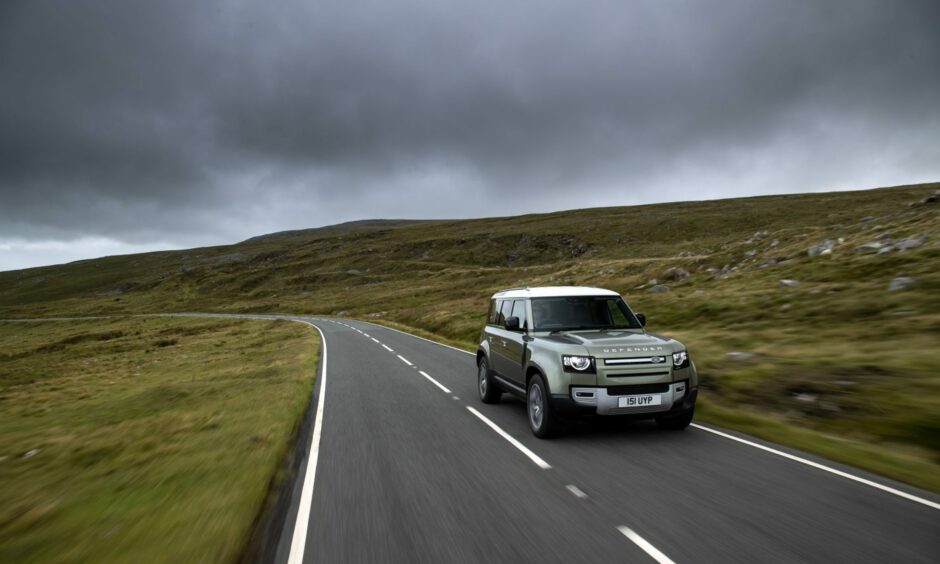
As for the fuel economy figure? It’s complete nonsense and shows how official figures can’t always be relied on. In reality it all depends on how you drive. If you do long distances where the battery is quickly drained you’re looking at 35mpg at best. If you do short distances and keep the battery topped up you could go months without using a single drop of petrol.
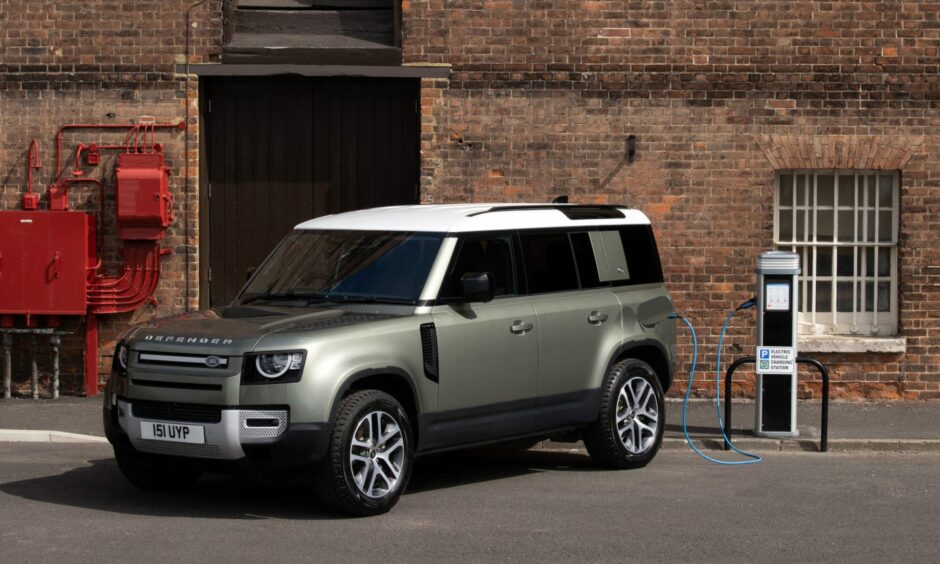
And as for the 27 miles of electric range? Again, that depends how you drive. On A roads and motorway driving I found the battery was good for about 15 miles before it was spent. However if you stick to 20-30mph around town you can easily enough hit 25 miles. For me, that was enough for a couple of days nipping out to supermarkets and local dog walking spots in the Defender PHEV without having to plug in at all.

If you are going on a longer journey there’s a clever ‘save’ button on the car. This lets you use the petrol engine for all of the 70mph driving, where the electric motor is at its least efficient, and keep the battery charged for low speed driving when you get close to your destination.
Great to drive
So how does it drive? Beautifully is the answer. The electric motor and work harmoniously. Keep it in electric mode and it glides silently about town. On the open road if you put your foot down both power sources kick in and you hurtle forward.
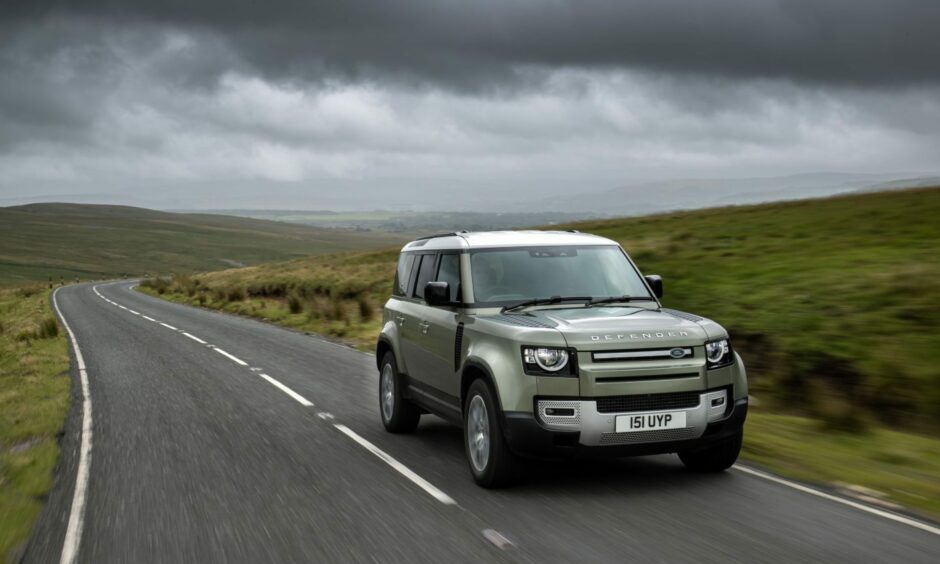
The driving position is high, giving a fantastic view of the road ahead. Refinement is superb, with hardly any road or wind noise, and the suspension will soak up anything up to and possibly including a bomb crater.
There’s acres of room for five people and a huge 893 litre boot.
Off road prowess
I’ve put the Defender through some punishing terrain at the Land Rover Experience centre in Dunkeld and it is formidable off road – arguably the most capable mud crawler Land Rover has ever produced.
So what are the downsides? With prices starting at north of £65,000, PHEV versions of the Defender are pricey. And you do have to be disciplined about keeping the battery charged to get the best out of it.

However, its low emissions mean it attracts just 19% benefit-in-kind tax, making it a smart choice for a company car.
I’ve been hugely impressed every time I’ve driven the new Land Rover Defender. With the power of the V8 model but the ability to cover most of your day-to-day driving on battery power alone the PHEV is my favourite version of the Defender so far.
Facts.
Price: £65,915
0-62mph: 5.6 seconds
Top speed: 119mph
Economy: 85.6mpg
CO2 emissions: 74g/km

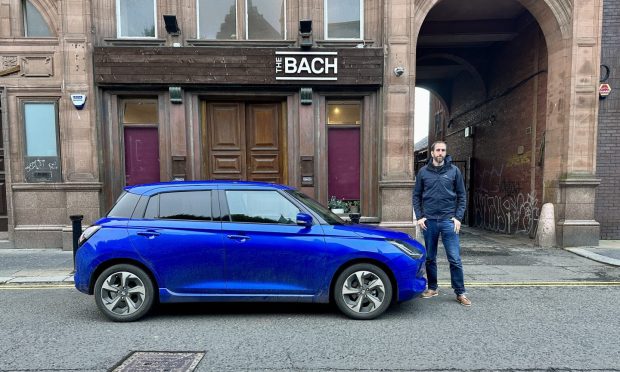

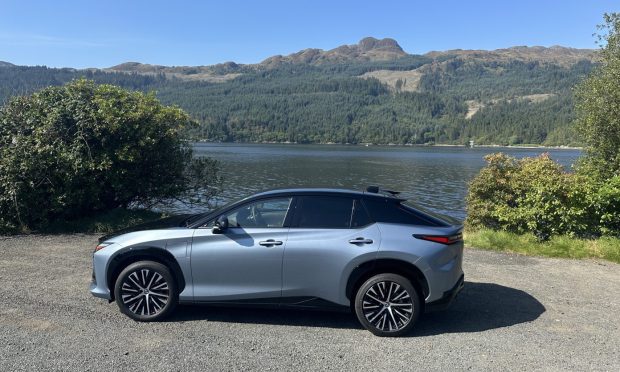
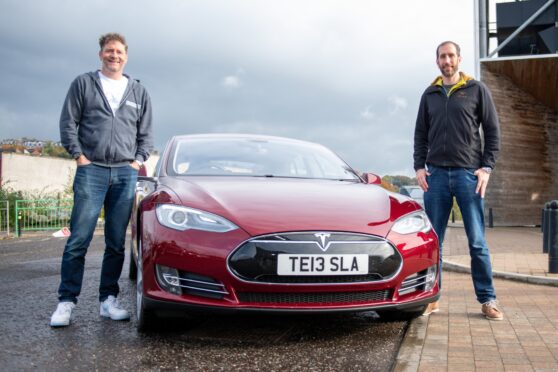
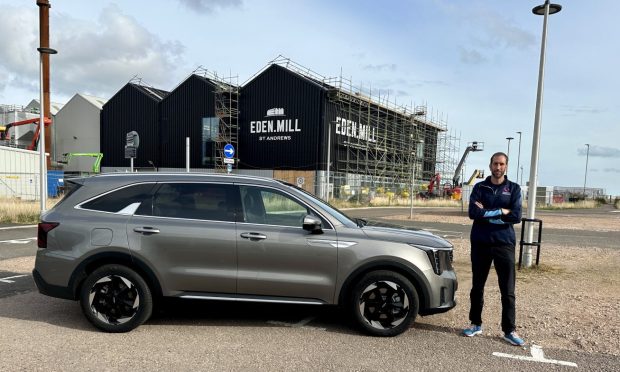

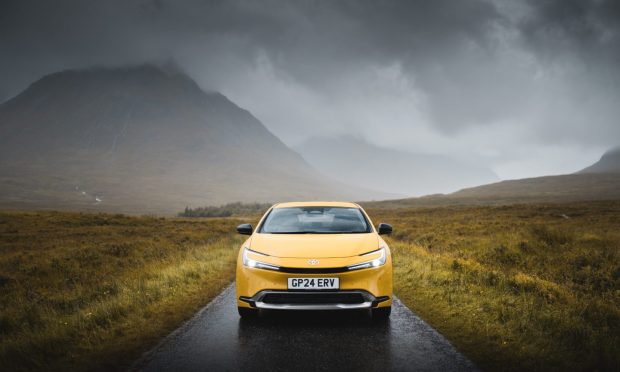
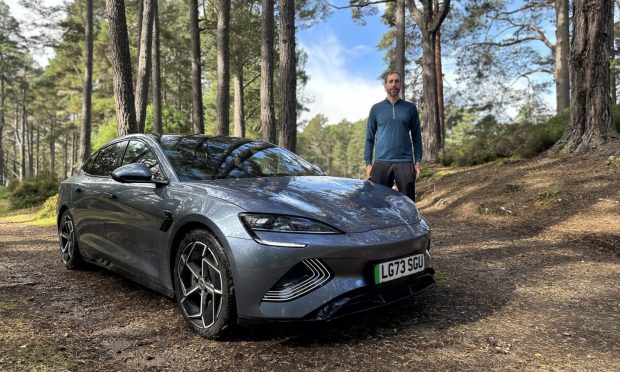


Conversation